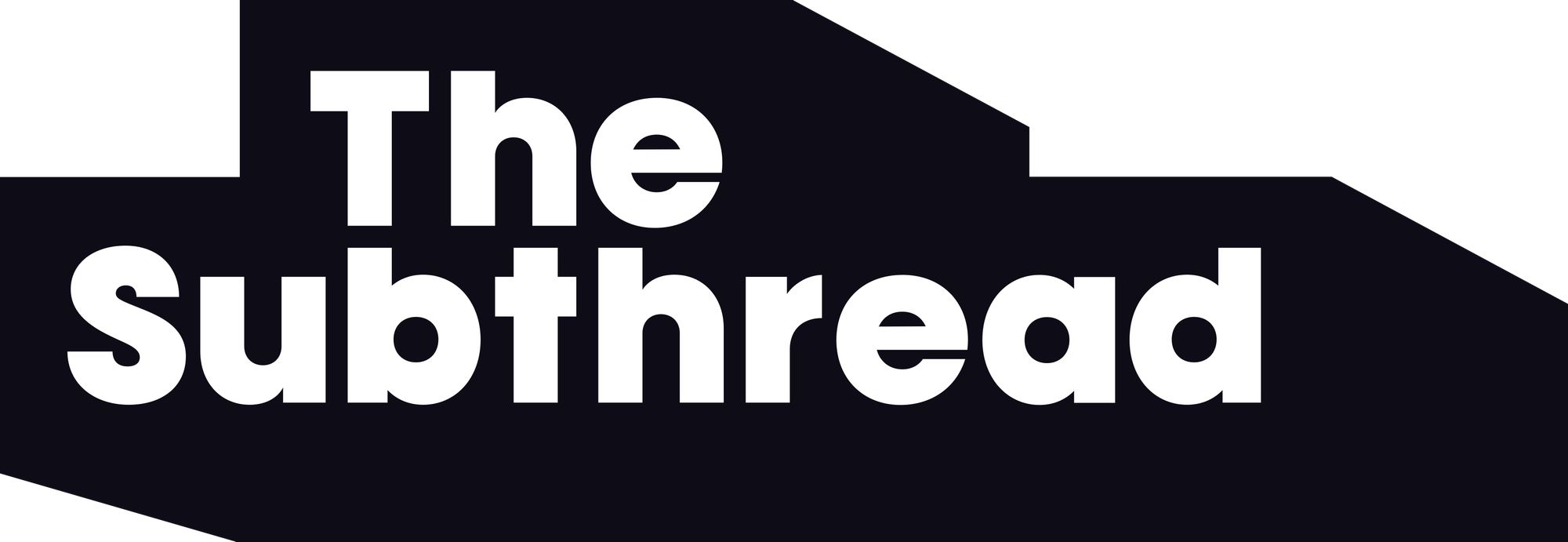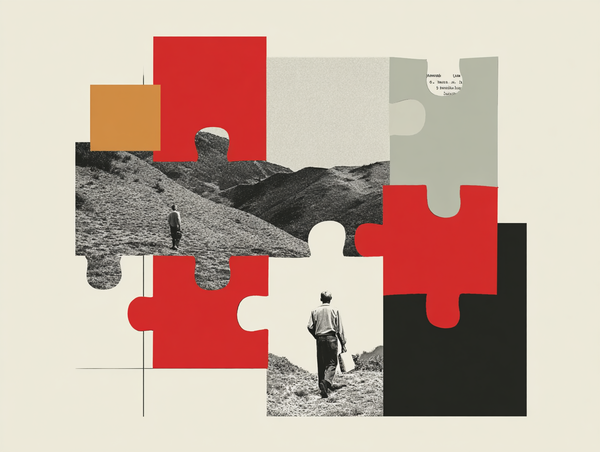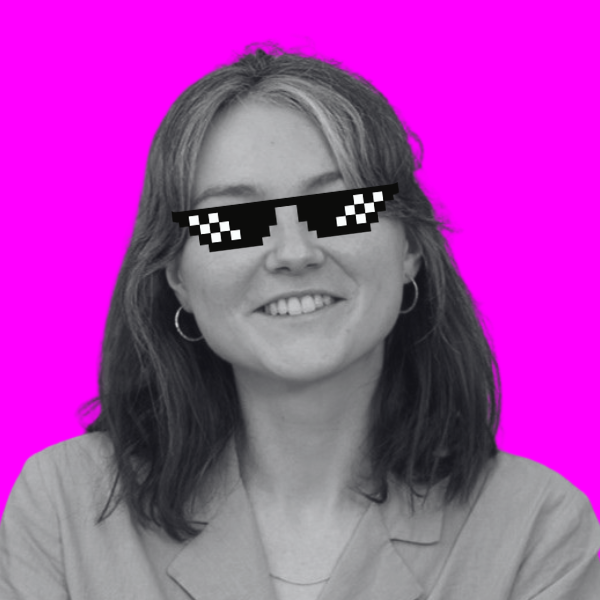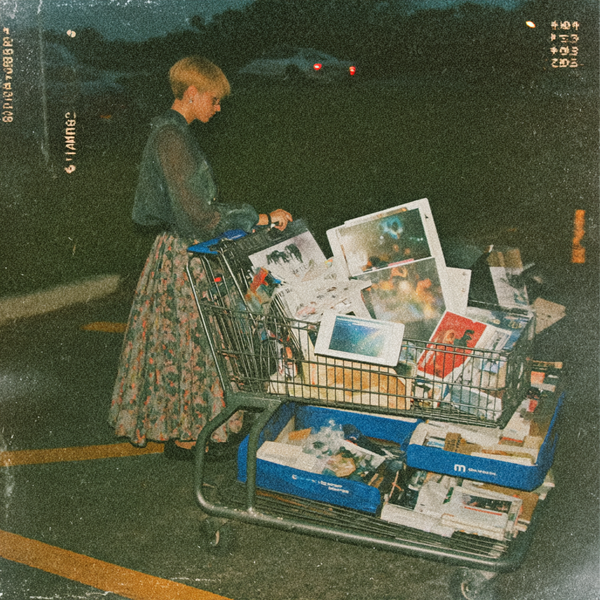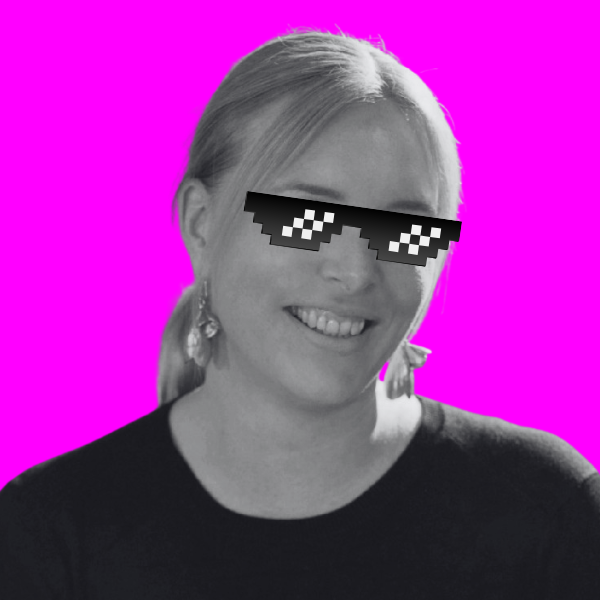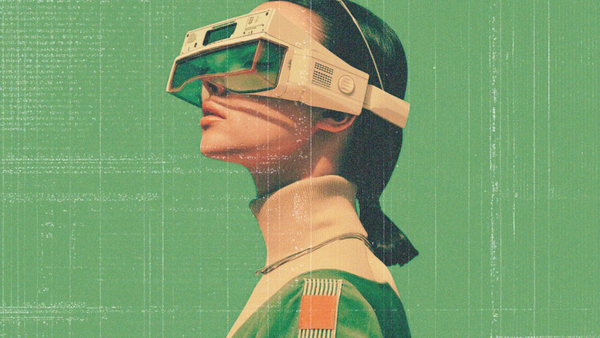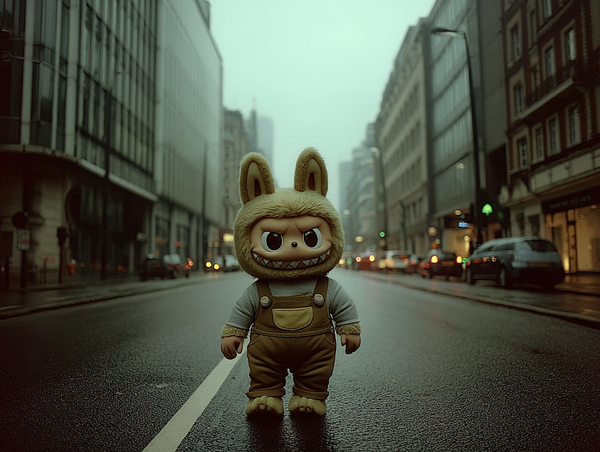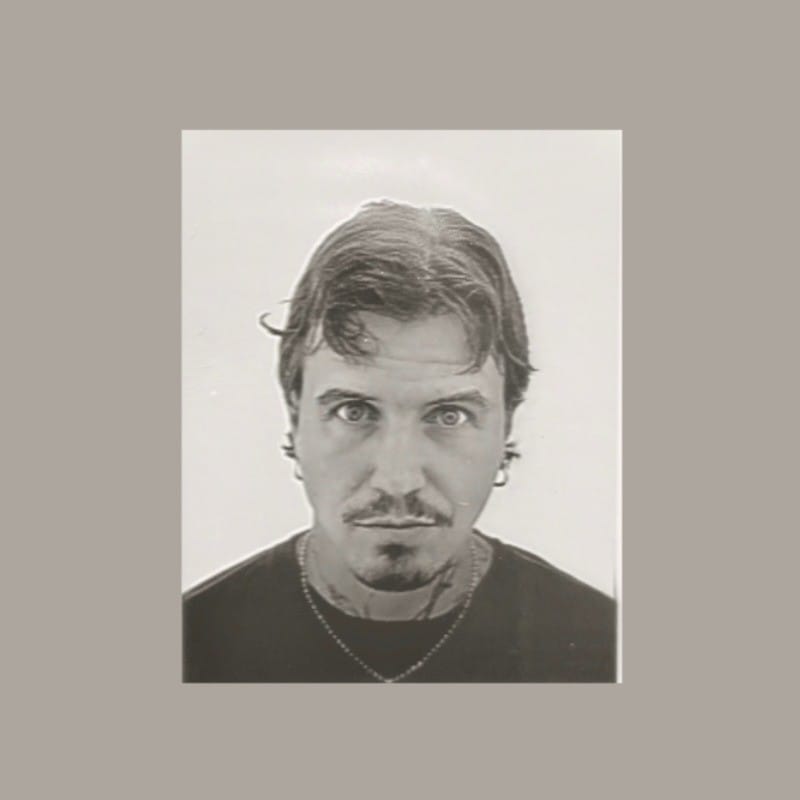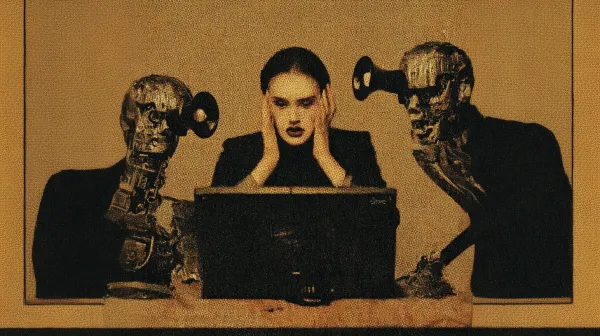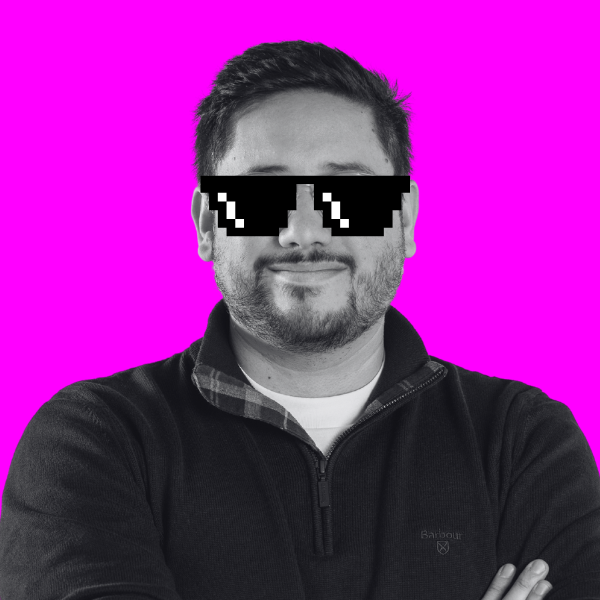Skyscanner has been quietly redesigning its brand from the inside out. This rebrand wasn’t just about new visuals or a refreshed tone of voice, it was about transforming creativity operates inside a tech organization, using automation, templates, and emerging AI tools to unlock speed, consistency, and scale.
When Ross Mawdsley joined Skyscanner as global head of visual design, the travel giant didn’t have much of a brand to speak of. “It was a very different organization. It had just done a rebrand,” he recalls, “but it was really complex and the team was set up more to do banner ads, emails and very basic stuff.”
The creative team’s remit has evolved dramatically since those early days. What was once a reactive in-house creative team, producing logos for engineers and banner ads, is now a department of 12 designers, four writers and three motion designers tasked with building and maintaining the Skyscanner brand.
While Skyscanner reports over 1bn searches every month, over 110m monthly users and posted a record £95.2m in pre-tax profit last year, competitors popping up everywhere. The site is arguably competing with the likes of ChatGPT for travel planning.
The answer, Ross says, is to build feeling around the brand.
“We wanted to build a brand and a feeling around the brand, so we had to change that team slightly – bring some new people in, but also inspire the people we had and make them feel part of this journey we’re on,” Ross tells me shortly after coming off the stage at Paradigms, where he and Skyscanner’s head of design ops, Carla Sandhu, were giving a keynote presentation.
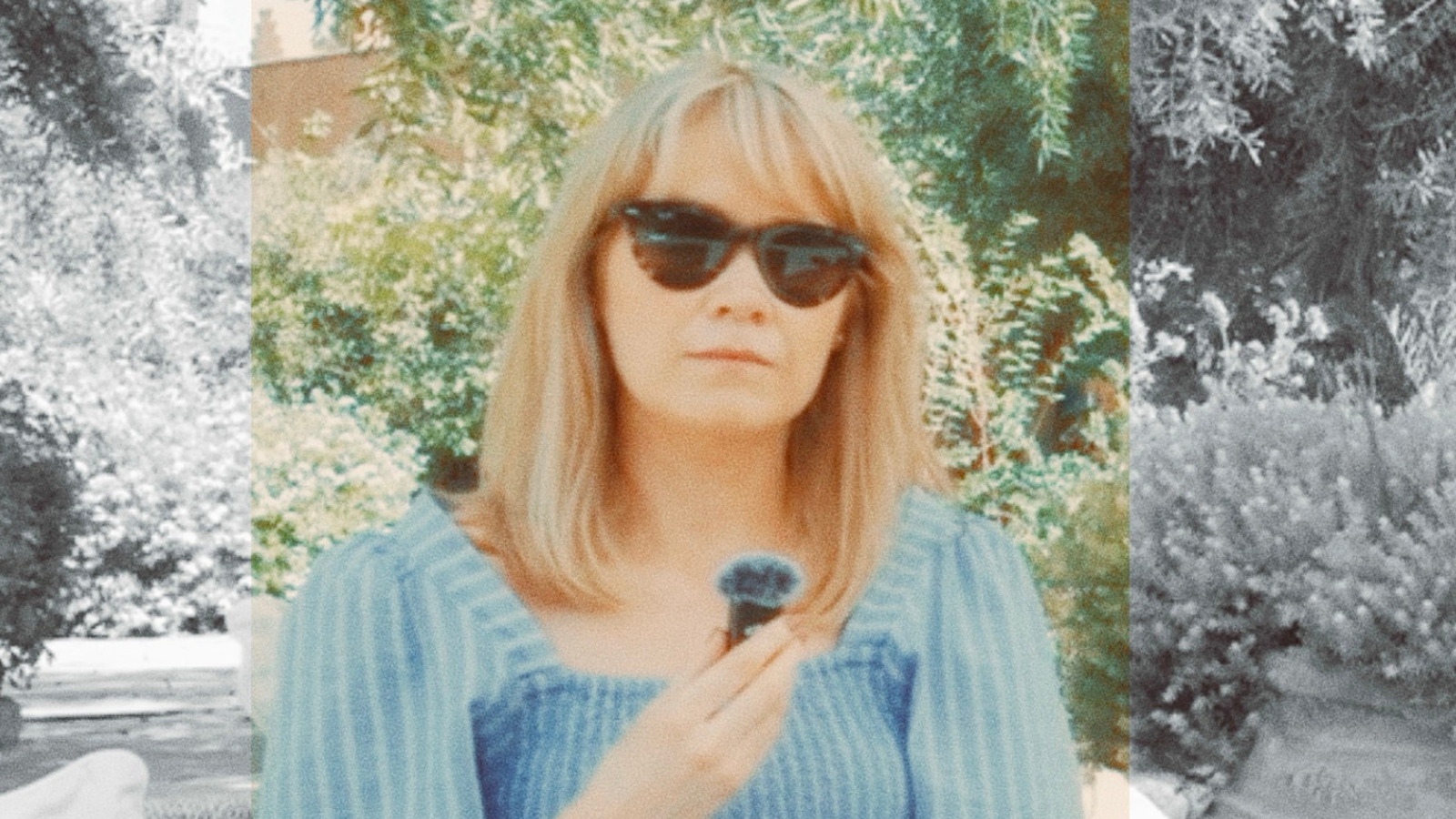
The transformation project has seen the first shoots of success earning the booking site its first ever Cannes Lion in June. “It’s grown into pretty much a world-class team,” Ross adds, “as opposed to a team of designers who just sit there and pick up a paycheck.”
Making the case for design ops
For Carla, the transformation started with an operational mindset. “We’ve done a great job of moving towards automation as much as we possibly can,” she says. Her team built a suite of brand templates and workflows that now underpin every campaign, from quick-turnaround social posts to global advertising.
A case in point: Skyscanner’s most successful ad in the US to date was produced in just 48 hours by a team of five. “It was all made possible because of that templatized, automated approach,” she explains. “All the foundational work meant the creative team could move fast without cutting corners.”
Given her role at Skyscanner, she’s a big advocate for the value of design operations within tech companies. You can tell the difference between a company that values the discipline rather than those who see it as a “supporting role”.
Skyscanner’s designers use Figma “heavily” and they house all their templates on Frontify. Templates are vital when using tools like Figma to ensure consistency, Ross says, “but it's still quite flexible to dial up or dial down,” he reassures. The rest of the business are equipped with Canva as it’s easier to master. “This means the social team or internal comms team can all pick things up and develop really beautifully on-brand assets with it,” Carla says.
Register now and join our community.
Receive our weekly newsletter, event invites and updates on our latest podcasts.
Runway and ChatGPT are tools Ross is experimenting with – less so for coming up with concepts and more for the production side. “AI enables you to come up with a concept very quickly, but the reality is taking a concept that's created in AI and then making it a real thing can have issues.” The human designers are still expected to come up with the creative but when it comes to running that idea out across hundreds of out-of-home placements, that is when AI will be deployed. “But we're not quite there yet,” Ross admits. It is, however, the plan.
Carla is still waiting for the perfect AI-built operational tool at the right price, that is what her team are focussing on while experimenting with different products and hunting for emerging ones.
Getting company wide buy-in
A belief in brand from the top is helpful for these types of projects. The problem Skyscanner had, Ross tells me, is that the company had been incredibly successful for 20 years without relying on a strong brand identity. “It is one of those, ‘why change the golden goose that lays the golden eggs’ type things,” he says. “But the reality is now there's competitors popping up everywhere.”
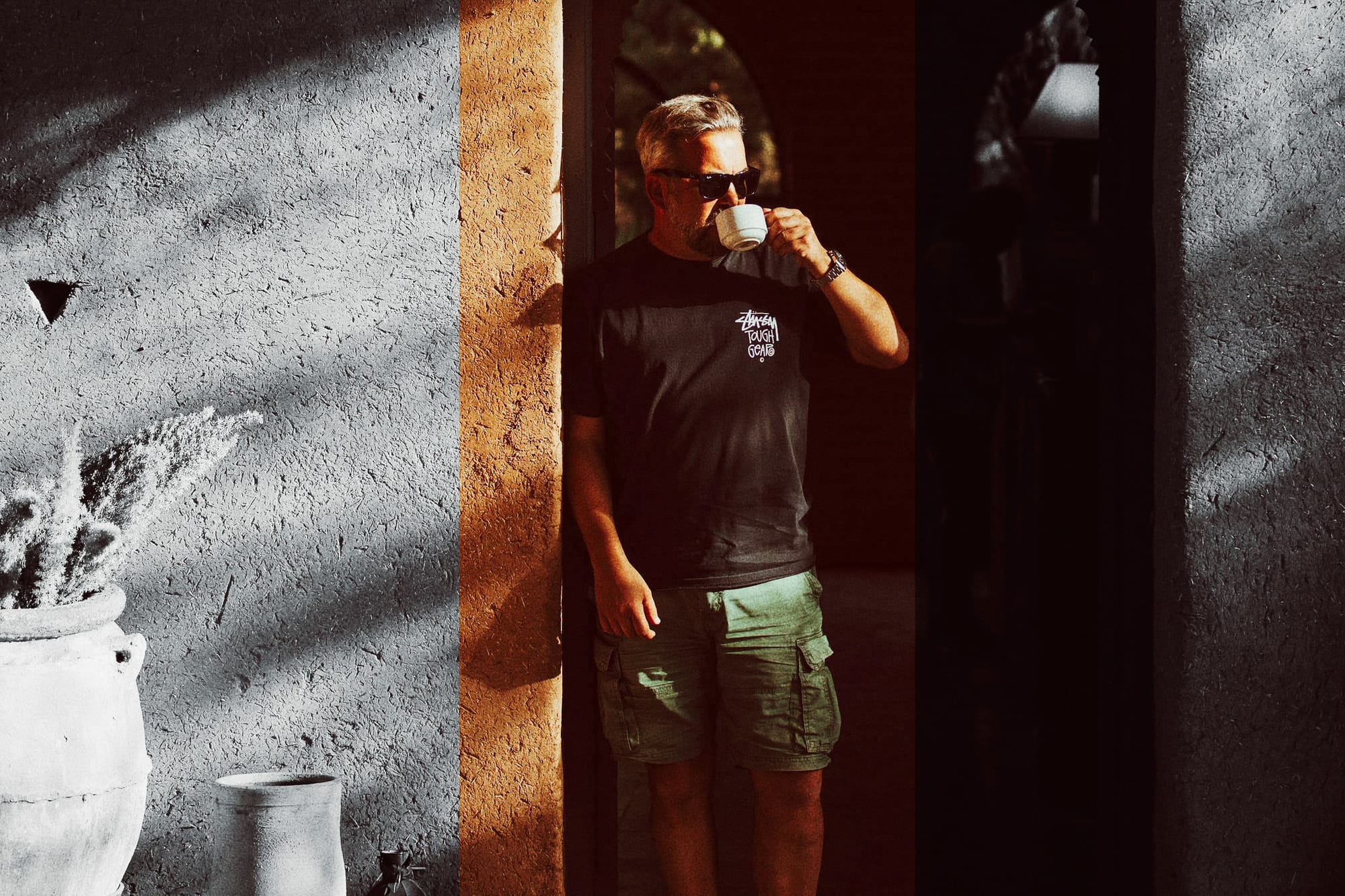
He points to Airbnb: despite a crowded field, the brand’s “aura” keeps it on top. That framing helped the exec board embrace the case for brand, Ross says. And crucially, newly appointed chief exec Bryan Batista backs it – Carla confirms the wider leadership are strong believers in brand’s power.
A major part of rebuilding the in-house creative team was all about organizational structure. “We've hired some of the best talent, but if you don't have the buy-in across the org, you cannot achieve what you've brought that person in to do – and actually getting the buy-in and getting the belief in craft and design is the majority of the battle,” Carla shares.
In the past, the company struggled to attract and retain talent to Skyscanner because it wasn’t seen as a particularly creative place to work. “You can bring the talent in, but if the talent then is not creating the work they want to create, they're going to leave,” Ross says. But this new buy-in from the organization and structure has shifted that where the business is now able to attract “incredible talent”, Ross says.
Restructuring for the amount of creative output that AI and other tools enable was cited as a top priority by brand strategist Eugene Healey in a recent interview. The old model of running a campaign and assets up the chain for approval no longer works when creating at this scale. “Intuition and conviction will need to be created at the lower levels of the organization,” Eugene said.
A constant journey
For Ross, brand building is never finished, it's a constant journey. “We started, and it was a mess and we stripped it right down to rock bottom and now we're at the place, almost one year on, where we can actually do what we want to do.” Next up, after simplifying the brand to get a consistent look and feel, is to evolve this and develop a more “mature” and “confident” design language.
For Carla, progress at Skyscanner has been a story of persistence and collaboration rather than overnight transformation. “It’s incremental for us,” she explains. “We’ve won over some teams and collaborated well, and there are other departments – not out of badness – where competing priorities and different expectations mean we have to find our way through.”
The rebrand was the easy part. The hard part, building a culture where design, ops, and AI move in lockstep, is exactly where Skyscanner is now aiming.
